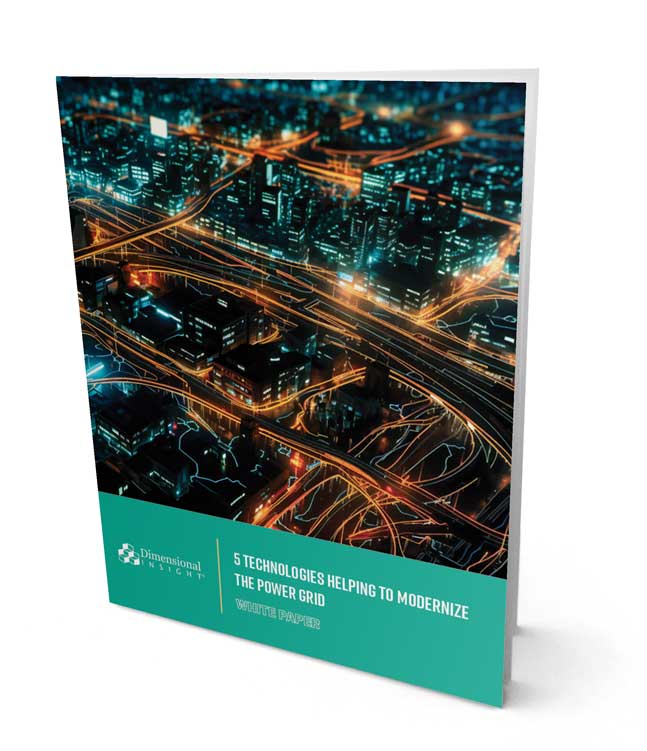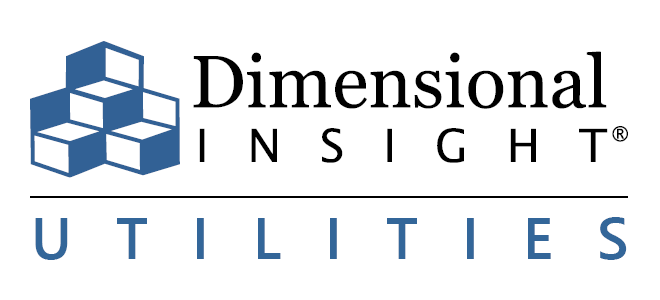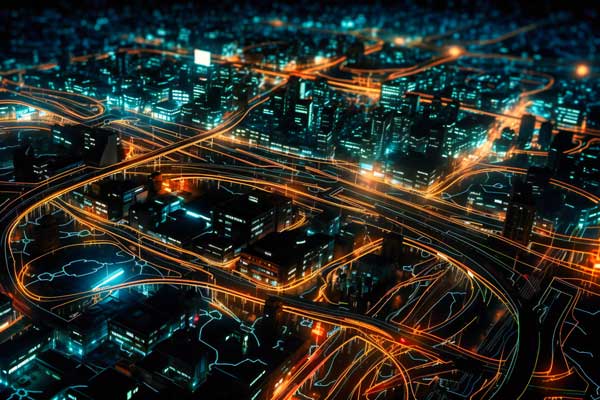
5 Technologies Helping to Modernize the Power Grid

5 Technologies Helping to Modernize the Power Grid
Introduction
It is a time of transition for the utilities industry. With an emphasis on meeting environmental, social, and governance (ESG) goals, utilities companies are taking advantage of new technologies as they move away from outdated infrastructures.
Utilities organizations have an opportunity to be leaders in adopting some of the cutting-edge technology that can change the industry for years to come.
In this white paper, we’ll look at some of these technologies that are modernizing the power grid, and how they are laying the groundwork for the future. These technologies and the trends they are addressing include:
Improved smart meters
Internet of things
ESG
Artificial Intelligence
Drone usage
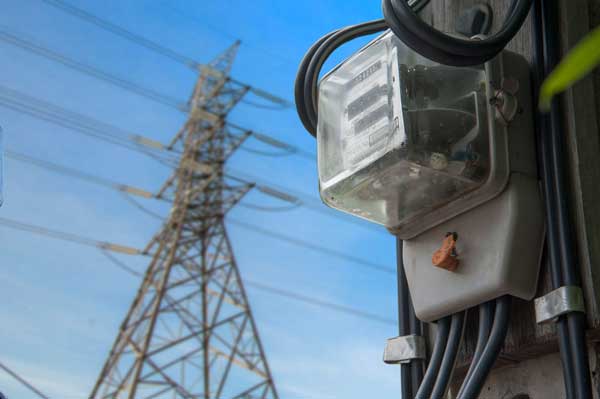
Trend #1: Improved smart meters
It has been years since utility companies have phased out the process of meter readers going to customers’ homes to check on energy usage. The smart meters they have used instead have only gotten more advanced in that time.
Smart meters have increasingly been able to send data more quickly and efficiently, and they are easier to install and connect. By providing customers with more detailed information about their utility usage, smart meters help customers optimize energy use and potentially lower bills.
Trend #2: Internet of things
Utility companies rely on sensor data in real time to monitor and control the flow of electricity. In addition to smart meters in homes, the Internet of Things (IoT) can provide real-time data at unmanned locations such as substations, hydro dams, or pumping stations. The insight delivered by these sensors can alert utilities to issues, like leaks, that might require maintenance.
There are a number of devices that help with water management, preventing issues where water is lost before reaching its intended destination in cities. Experts are working with IoT to detect leaks and optimally distribute water. Some devices, for example, are acoustic-based, where sensors mounted on special fire hydrant caps can send alerts if sounds change to indicate a leak.

Trend #3: ESG
Environmental, social, and governance (ESG) factors need to remain top of mind for the energy industry. In fact, many of the innovations to the power grid are necessary due to more widespread adoption of renewable energy sources. In order to integrate renewable energy sources such as solar and wind power into the power grid, for example, technologies like smart inverters need to be employed.
The fact that renewable sources can also produce excess electricity means there need to be storage systems capable of handling them, and companies need to find a way to use that excess energy to deliver equitable outcomes to all communities, including those that have been underserved in the past.
Trend #4: Artificial intelligence (AI)
The huge amounts of data being collected in the utilities industry means AI is being used more and more to help interpret it. AI can help model customer behaviors, identify patterns in energy usage, and help maintain the grid more efficiently.
AI is being used to capture more wind energy, analyzing wind speeds and helping scientists optimize turbine positioning. It can also help predict capacity levels for grids, based on real-time data from solar and wind generation, allowing for greater grid stability.
AI can also help companies improve customer service in a number of ways. By combining weather pattern data or past responses to interruptions, for example, AI can better predict outages, or it can use the data from past performances to respond to sudden changes in usage more quickly.
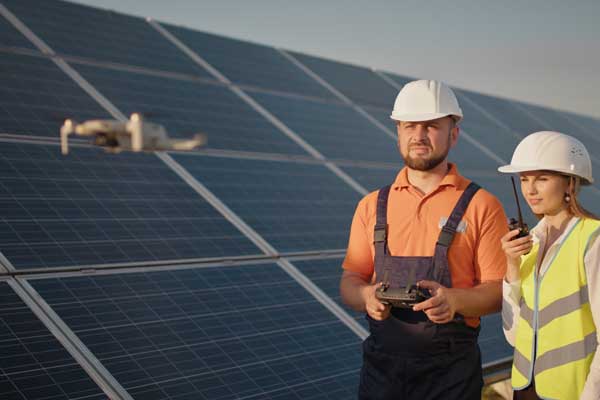
Trend #5: Drone usage
More utility companies are using drones to collect data. In fact, the largest segment of the commercial drone market is the energy industry. Autonomous drones can access areas that may not be safe or that might be too expensive to reach otherwise.
Utility companies are using drones to inspect sites, including wind turbines and solar panels. Florida Power & Light Company, for example, uses drones equipped with thermal imaging to identify solar dead spots and defects when they install solar panels and during annual inspections. Drones can also be used to inspect hard-to-reach aspects such as blades on wind turbines.
Download white paper:
5 Technologies Helping to Modernize the Power Grid
